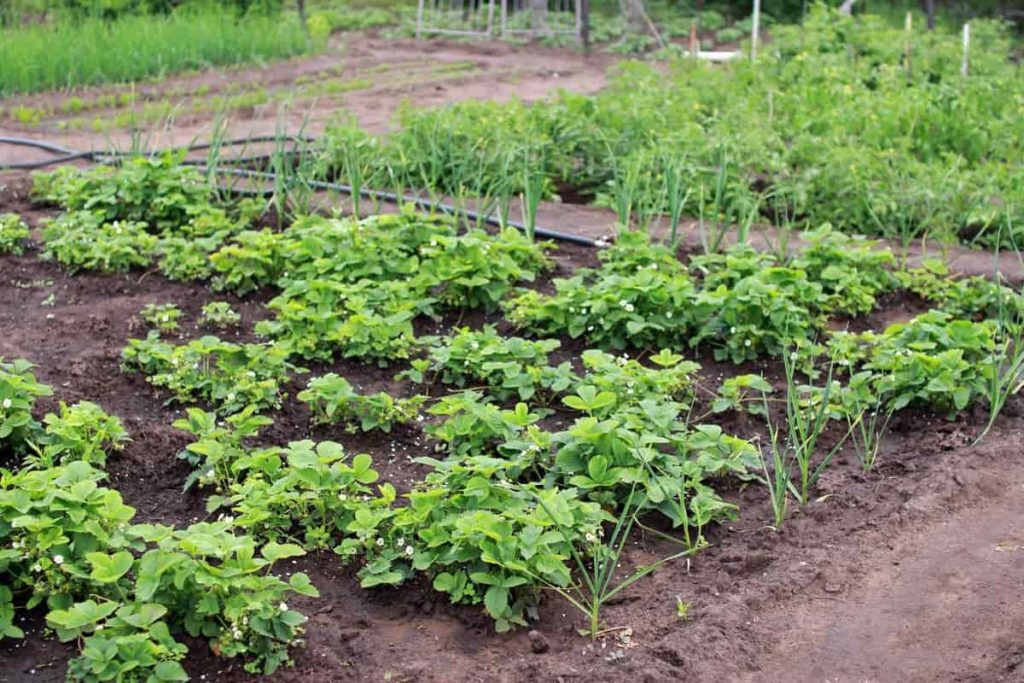Backyard farming, also known as urban farming or homesteading, refers to the practice of growing crops and raising animals in a small-scale setting, typically in a residential backyard or community garden. It is a way for individuals and families to produce their own food and reduce their reliance on store-bought produce. Backyard farming can take many forms, including growing fruits, vegetables, herbs, and flowers, as well as raising chickens, rabbits, bees, and other small animals. It can be done in a variety of spaces, from a small plot of land to a balcony or rooftop garden. There are many benefits to backyard farming, including access to fresh, healthy produce, a reduction in food costs, and the satisfaction of producing your own food.
Backyard farming can also be a sustainable and environmentally-friendly practice, as it reduces the carbon footprint associated with transporting and packaging store-bought produce. However, backyard farming requires careful planning and maintenance to be successful. Factors such as soil quality, sunlight, and water availability must be considered when choosing crops, and pests and diseases must be managed through careful cultivation and natural pest control methods. Overall, backyard farming can be a rewarding and fulfilling way to connect with nature and produce your own food, while also contributing to a more sustainable and self-sufficient lifestyle. Becoming a successful backyard farmer involves several key steps. Here are some tips to get you started:
1. Plan your space: Before you start farming, assess your available space and plan out what you want to grow. Consider factors like sunlight, soil quality, and drainage when choosing crops.
2. Start small: It’s best to start with a small garden and gradually expand as you gain experience and confidence.
3. Choose the right crops: Select crops that are well-suited to your climate and soil conditions. You can consult with local experts or gardening books to find the best crops for your area.
4. Prepare your soil: Ensure your soil is fertile and has adequate drainage. Consider adding compost or other organic matter to improve soil quality.
5. Practice good watering and fertilizing techniques: Water your crops regularly, but avoid over-watering. Use organic fertilizers or compost to provide nutrients to your plants.
6. Control pests and diseases: Monitor your plants for signs of pests or diseases and take appropriate action to control them. You can use natural methods like companion planting or organic pesticides.
7. Harvest your crops: Harvest your crops when they are ripe and ready. This will ensure that you get the best flavour and nutritional value from your produce.
8. Continue to learn: Join a local gardening group or take classes to learn more about backyard farming. This will help you stay up-to-date with the latest techniques and trends in farming.
By following these tips and being patient and persistent, you can become a successful backyard farmer and enjoy the benefits of fresh, healthy produce grown right in your own backyard.



